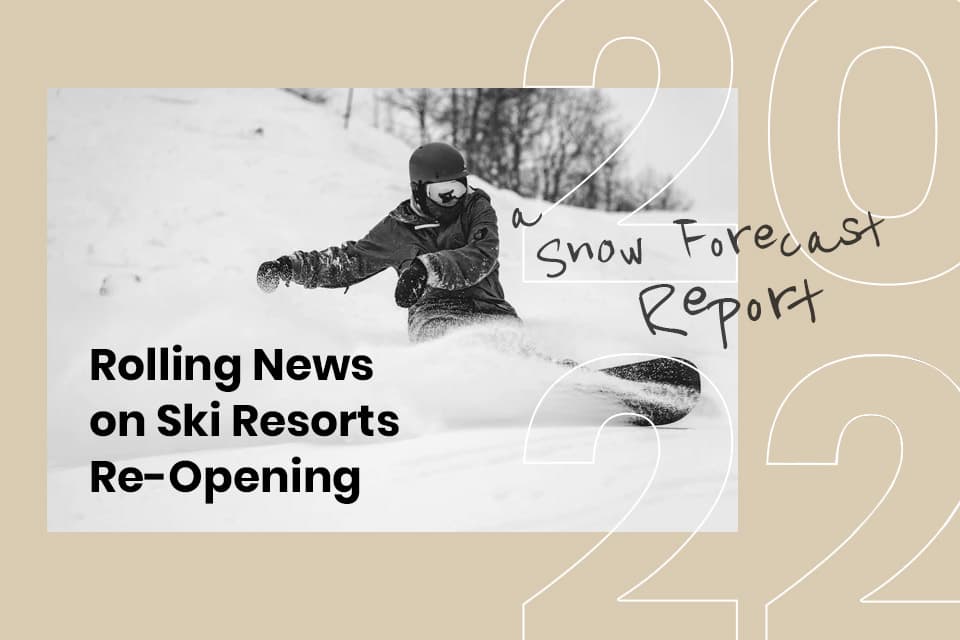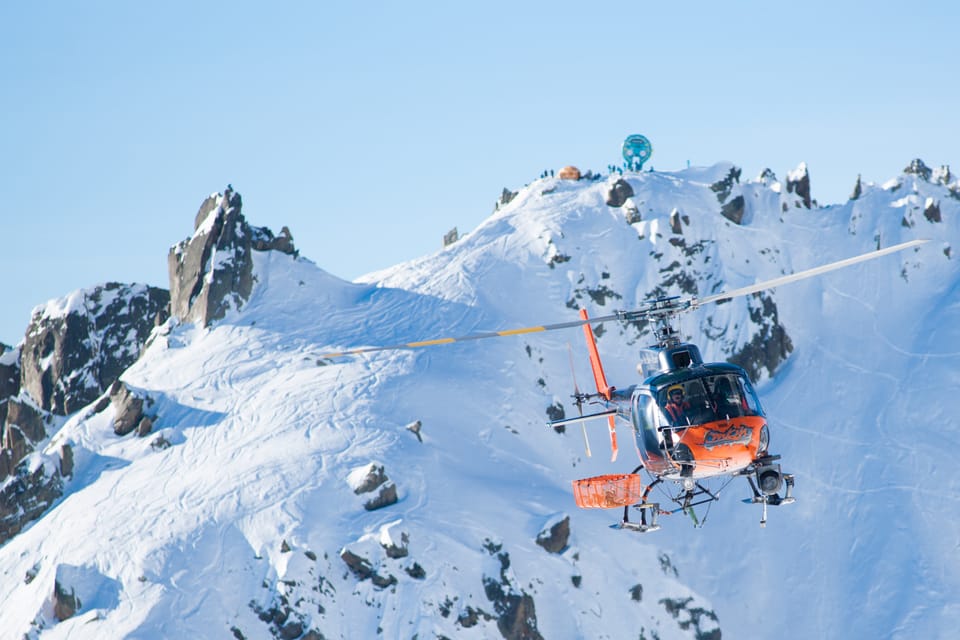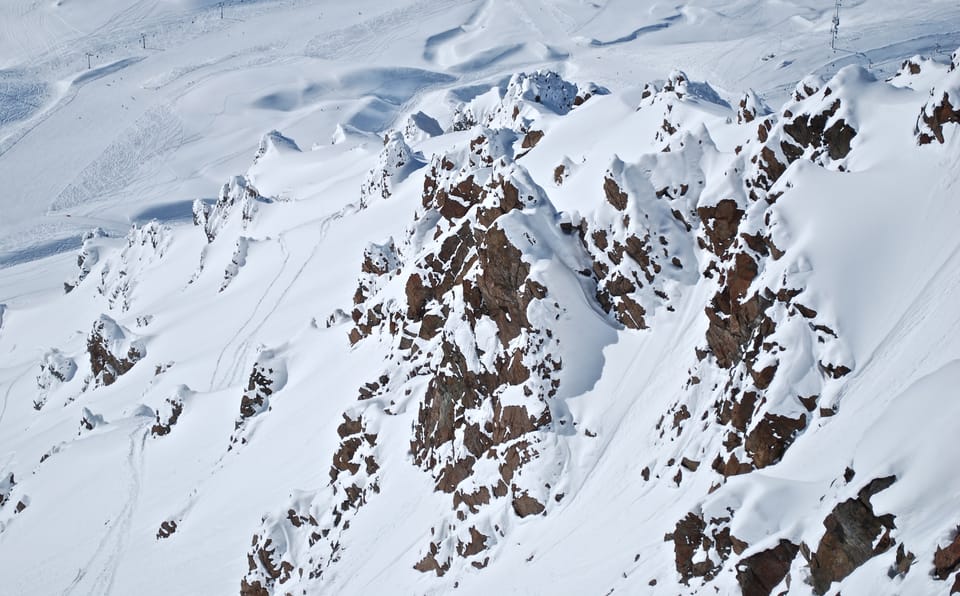The Italian Drop

Bruce Pope explores the vast terrain of the Monterosa region and experiences heliskiing for the very first time
Crouched in the snow, I try to keep my excitement in check as the ‘WHUP-WHUP-WHUP’ sound of the approaching helicopter echoes up the valley towards me. I’ve never been in a helicopter before, but in a couple of minutes, I’ll be whisked between the mountain peaks of the Monte Rosa massif for my introduction to heliskiing.
In my head, I run through the instructions I’ve been given by our mountain guide, Roberto Valzer: “Keep low, protect your eyes from the downwash, wait until called forward, be careful climbing aboard, follow the pilot’s instructions. “And leave room for me!” he adds, with a twinkle in his eye.
From my perch near the Rifugio Citta di Vigevano I can just about see our base in Alagna-Valsesia below, the main town in the most easterly of the three main valleys that together make up the Monterosa Ski area in northern Italy.
There are only 350 guest beds there and 450 permanent residents, meaning the town has been largely unspoiled by tourist development. Gressoney-La-Trinite and Champoluc are to the west, the better-known hubs of the other two valleys that – from a casual glance at the piste map – appear to offer more for skiers. But that would be missing the point, as it is the white space beyond the handful of black, red and blue runs that makes Alagna so special as a freeride destination.
Our four-strong group – the magic number to fill one helicopter with guide and pilot – has already spent a couple of days under Robbie’s guidance, allowing him to assess our level while giving us the chance to explore the area. We duck off the sides of pistes, pile into the Punta Indren freeride-only cable car, boot-pack to short ridge-lines and attach touring skins to our skis for longer forays into the backcountry, although this rarely requires more than an hour of uphill effort.
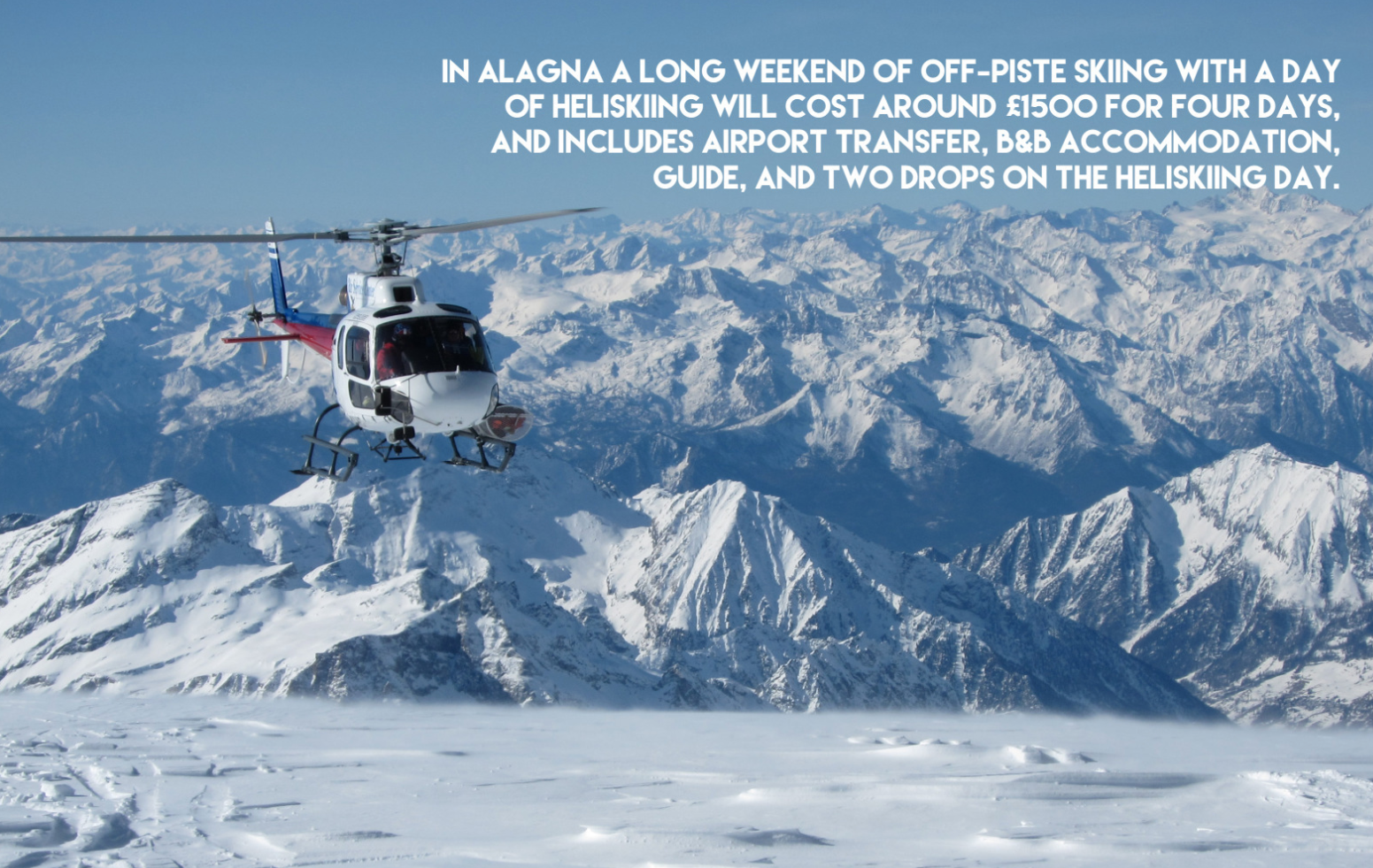
Open bowls, long valleys, tree runs, ridges and couloirs are explored or marked for another day – and despite a distinct lack of any recent fresh snowfall, Robbie’s still able to sniff out untracked slopes and pockets of snow to play with on the Bors Glacier and Balma Valley. The variety of outstanding terrain is an eye opener to all but one of us, James – our affable and knowledgeable host for the trip and owner of Heliski James Orr. The bulk of the company’s heliskiing and cat skiing operation is in Canada, with Alaska and Japan also destinations.
But James has picked this corner of Piedmont as his base of European operations because he knows precisely what it has to offer. “I probably went to Alagna first in 2002 and took a group over there as an exploratory trip and that went really well, but for one reason or another Canada remained the main focus,” James says. “In 2010-11 I got serious about Italy – as it’s more accessible both from a time, geography and cost point of view. Italy is really the main country in Europe where you can heliski. It’s not available in France, pretty limited in Switzerland and limited to one or two spots in Austria where you can fly and land a helicopter. The runs tend to be longer than Canada, you get some pretty good vertical around Alagna and you can do a 6000ft (about 1800m) vertical run.”
A heliskiing trip to Canada will usually be for a minimum of a week because of the distance involved and will cost from £6000-7000 upwards, although this will get you a minimum of four to five drops per day and can be as many as 15 depending on the length of runs and level of the group.
In Alagna a long weekend of off-piste skiing with a day of heliskiing will cost around £1500 for four days and includes airport transfer, B&B accommodation, guide, and two drops on the heliskiing day.
With three Milan airports plus Turin providing flight options – meaning transfer times by road that can be less than two hours – Alagna ticks the boxes for a short, sharp burst into the mountains. My burst is now heading towards its pinnacle as we clamber into the bright yellow helicopter, our bundled skis packed safely into a metal container attached to the landing skids. The flight is short – not much more than five minutes – but during it I’m fixated on the incredible views laid out before me as we sweep towards our destination of Pala d’Erta, a peak topping out at just over 2,600m.
Once unloaded, our ride disappears into the distance and a magical stillness descends. We’re five small specks of multi-coloured Gore-Tex in an ocean of white, cut off from the rest of the world by the surrounding peaks and crags. As thrilling as the helicopter ride was, it is this moment when you understand what heliskiing is all about. All your senses are alive as they stretch into this natural isolation and your mind is abuzz with the adventure to come. My semi-existential reverie is shattered by the sound of a zip opening, as one of my comrades answers a call of nature. Staying well upwind I clip into my skis and wait to follow Robbie into the unknown.
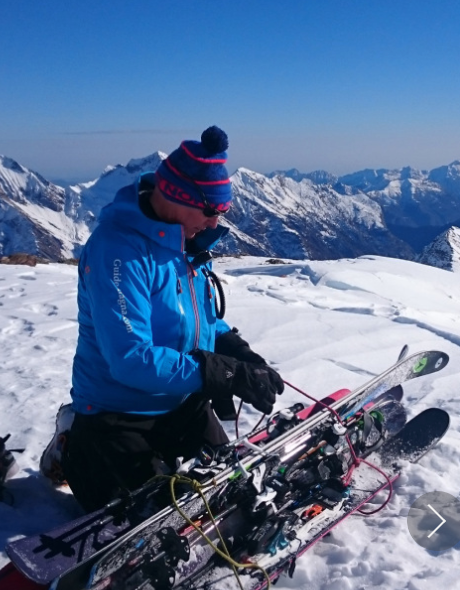 The run is superb as we drop nearly 1200m, darting over ridges and through valleys, navigating small shady couloirs protected from the bright sun, and then hopping between natural obstacles as we sink further into the treeline. We reach the river that runs through the Vogna Valley and then pole down the snow-covered track beside it towards our pick-up point in the hamlet of Sant’Antonio, happy, tired, sweaty, and ravenous.
The run is superb as we drop nearly 1200m, darting over ridges and through valleys, navigating small shady couloirs protected from the bright sun, and then hopping between natural obstacles as we sink further into the treeline. We reach the river that runs through the Vogna Valley and then pole down the snow-covered track beside it towards our pick-up point in the hamlet of Sant’Antonio, happy, tired, sweaty, and ravenous.
Thankfully the food and drink around Alagna is exceptional, whether it is breakfast at the brilliant Tre Alberi Liberi guesthouse where we stayed – run by guide Robbie and his wife Elena – or in mountain refugios or the restaurants and bars dotting the town.
“You can’t sing the praises of the food highly enough. You’ve got delicious local produce, meats, cheeses, wines – it’s in Piedmont so the local wine is very similar to Barola-style wines (a classic red made from the Nebbiolo grape),” James says.
“All that is provided in what can best be described as not particularly ramped-up prices for a big tourist industry, it’s much more local pricing so you can eat and drink extremely well for very reasonable amounts of money.”
The bottle of Prosecco I have to buy later that night is both reasonably priced and excellent, a celebratory obligation – according to Robbie – for having skied the Iscikette Couloir for the first time earlier that morning. It was steeper, longer and narrower than anything I’d attempted before – testing my nerve as much as my technique – but together with the later heli-drop added up to one of the best day’s skiing I’ve experienced.
An added highlight was we had skied Iscikette accompanied by the New Zealand Junior Freeride squad, who were also staying at Tre Alberi.
But while a trip to Alagna lets experienced skiers short on time or money get their heliskiing fix, you don’t have to be a Freeride World Tour wannabe to book.
“A strong intermediate upwards with some off-piste experience can enjoy heliskiing and the guide can tailor a programme for them,” James adds. “The first day will be an off-piste day when the guide gets to know the group and their level, and then he can pitch the heliskiing and subsequent off-piste days according to their abilities.”
Forming your own group of four is ideal if you’re planning a trip, but from next season there are plans to experiment with group trips of eight to 12 people, allowing people to sign up as a single or couple. So if you want to explore beyond the pistes, push the limits of your skiing, or simply continue your freeride adventure there’s something for all tastes in Alagna.
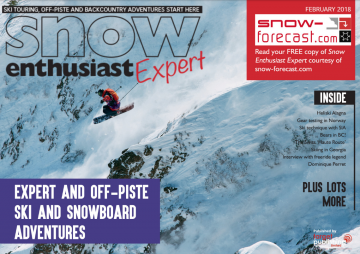
This story was originally published in Snow Enthusiast Expert magazine. Read the full issue free at http://magazine.snow-forecast.com/snowenthusiastpro2018.

